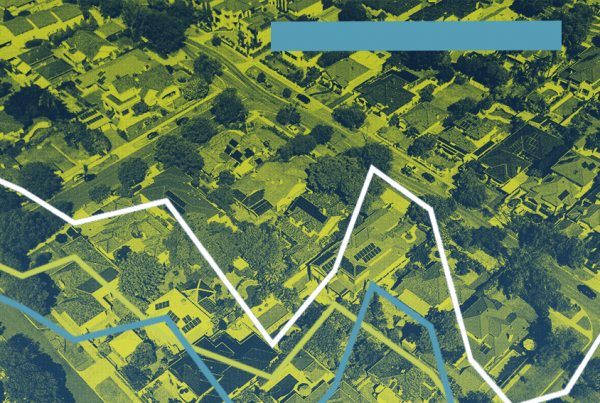At its June 2022 meeting, the Federal Reserve raised the Fed funds rate – the amount banks pay to borrow money from each other overnight – by three quarters of a point from the previous half-point increase it instituted in May.
Many experts predicted another half-point increase at this meeting. But with a surprise jump in U.S. inflation in May, dashing hopes that it had peaked this year, the Fed decided on a three-quarter-point increase – something it hadn’t done in 28 years – in an attempt to stem the tide.
What does the higher Fed funds rate mean to mortgage rates?
While the Federal Reserve technically doesn’t determine mortgage rates, its actions do have an effect on home loan pricing. But given all the predictions of Fed rate hikes this year and how they’ve all essentially come true, the mortgage market has already adjusted for this latest increase. Even though it was larger than expected, it is essentially reflected in current mortgage rates. Also, it’s important to remember that mortgage rates are based on longer-term bonds, while the Fed funds rate applies to loans that last less than a day.
On the upside, there are still steps you can take to get a great rate when rates are rising, including exploring the possibility of a long-term lock of up to 270 days in advance of your closing date. This is an especially valuable option as there could be more Fed rate hikes later this year if this latest attempt to rein in inflation isn’t as effective as intended.
Something else to keep in mind: unlike the Fed rate, mortgage rates change daily and sometimes hourly. The best way to navigate interest rates on home loans is to speak with a Homeowners Licensed Mortgage Professional about current market conditions. As always, we’re here to help you understand the rates that are available to you and get the best possible pricing on your next home loan.





